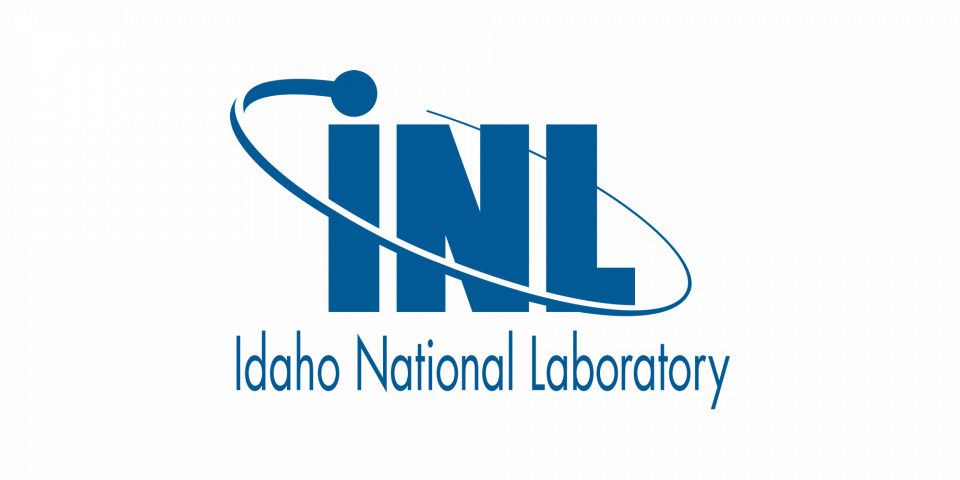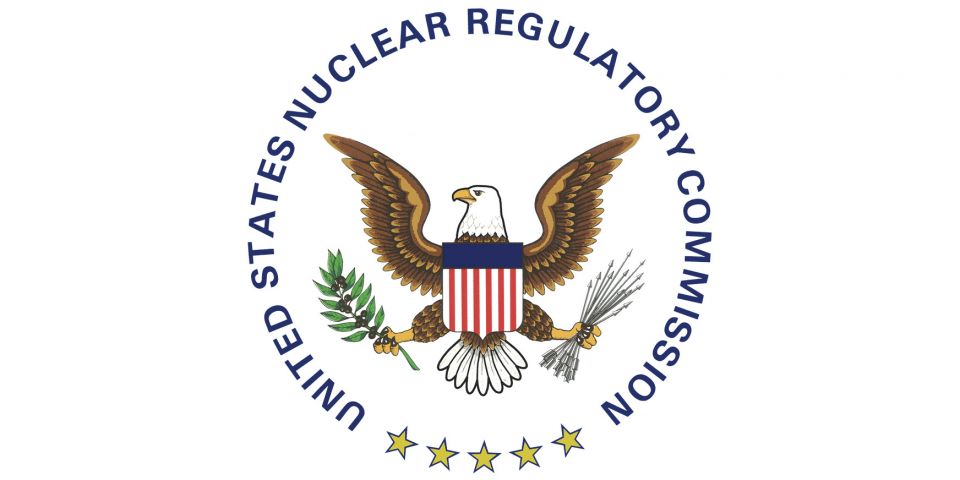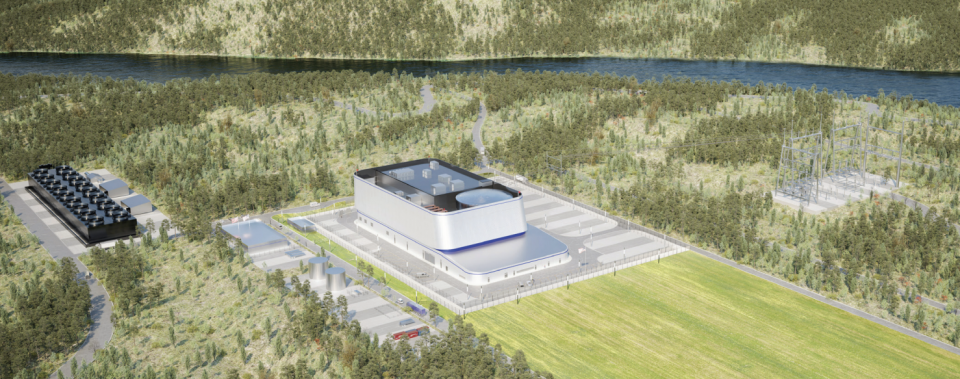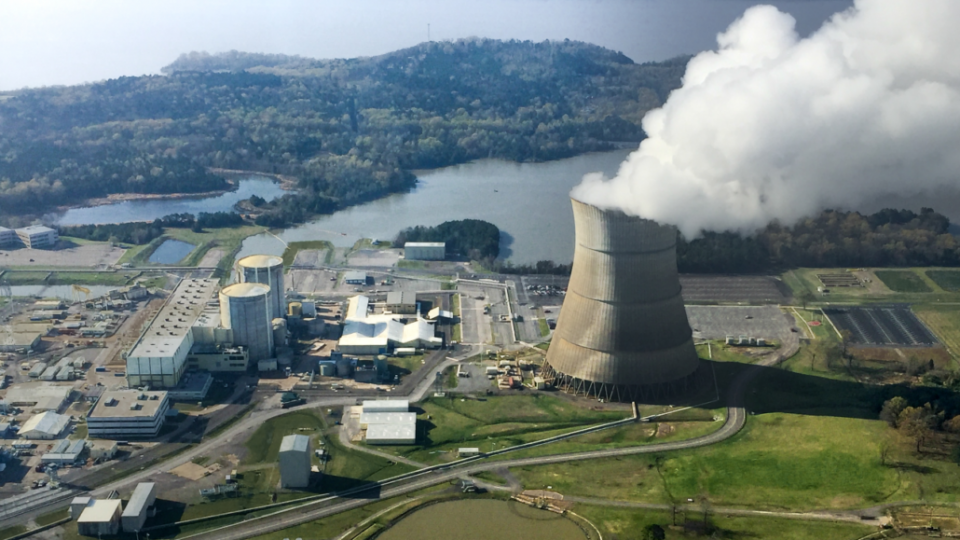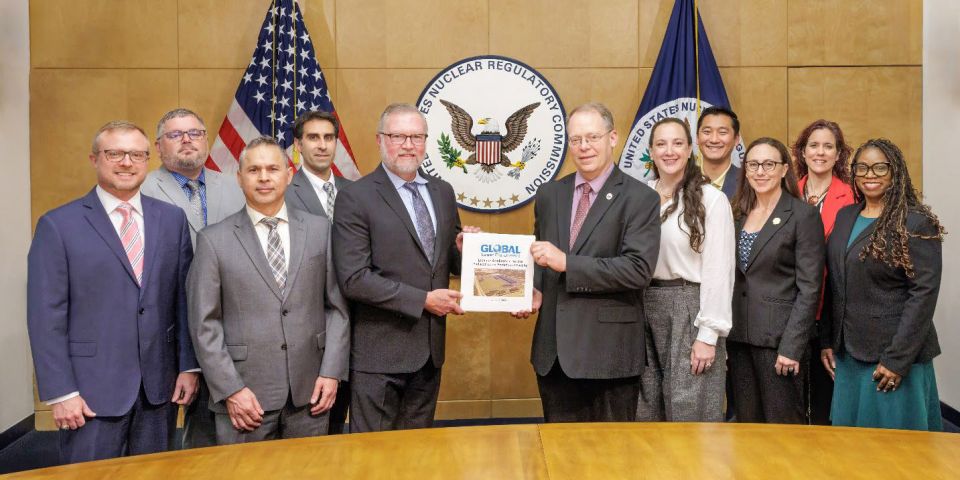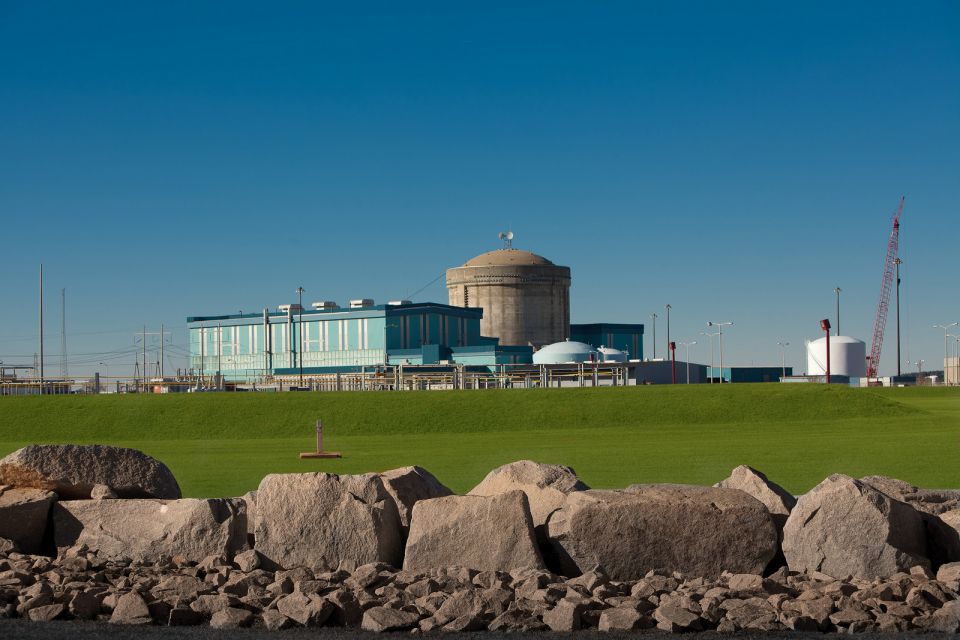NRC seeks to better understand new radiological survey technologies
The Nuclear Regulatory Commission is issuing a request for information (RFI) aimed at understanding the current state-of-art radiological survey methods used to comply with decommissioning and license termination requirements. According to the commission, the information will help its staff better understand trends in radiological survey instrumentation and data analysis, including those used to survey both surface and subsurface residual radioactivity.



